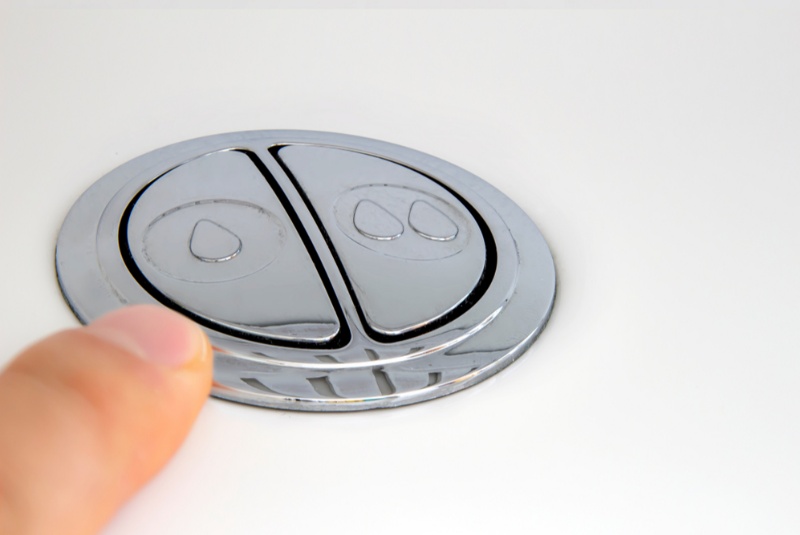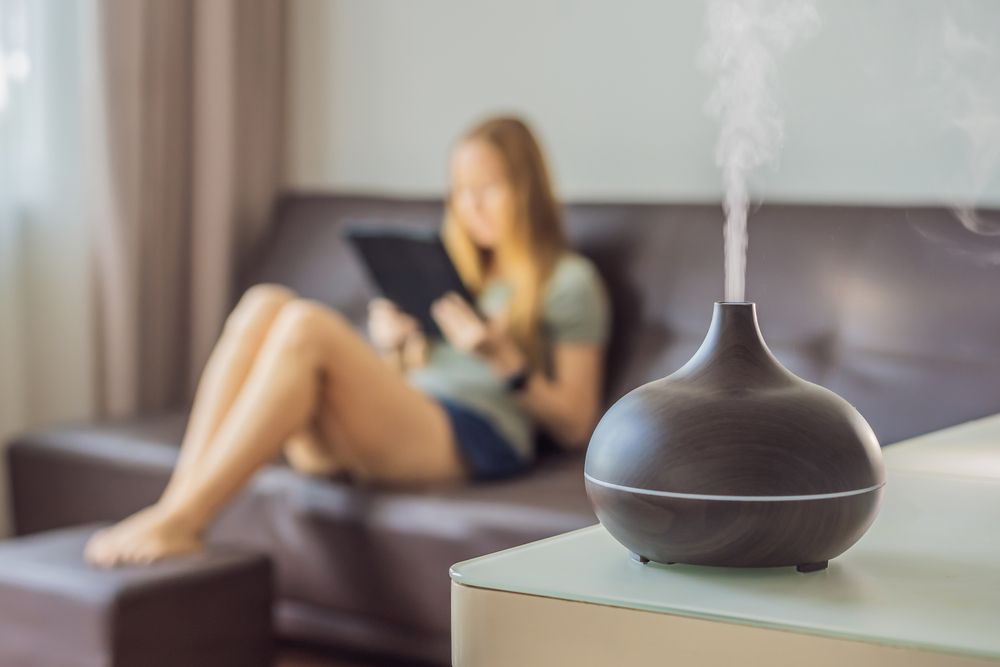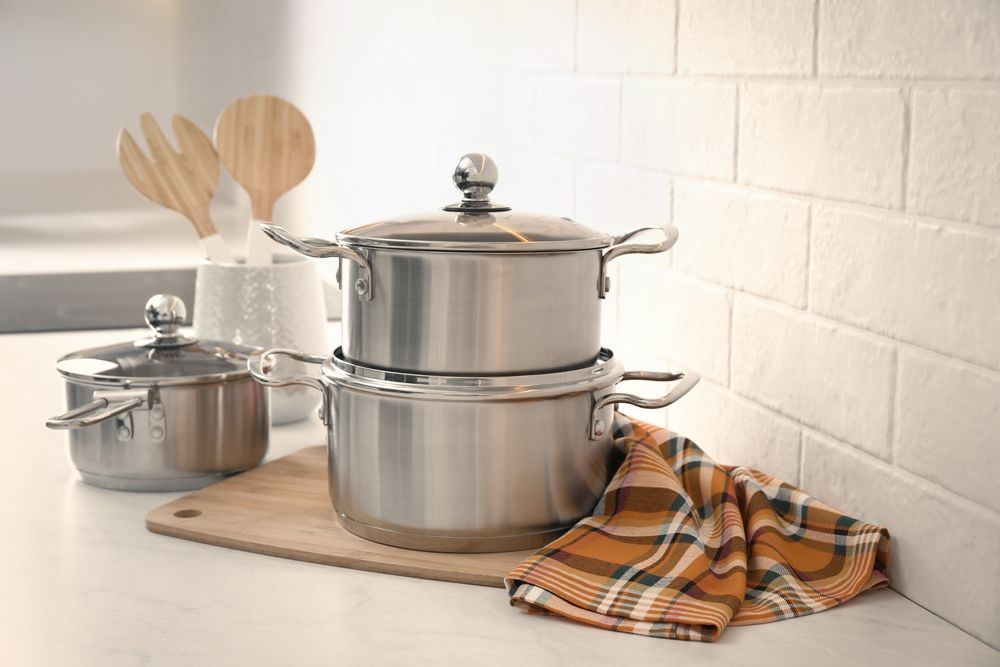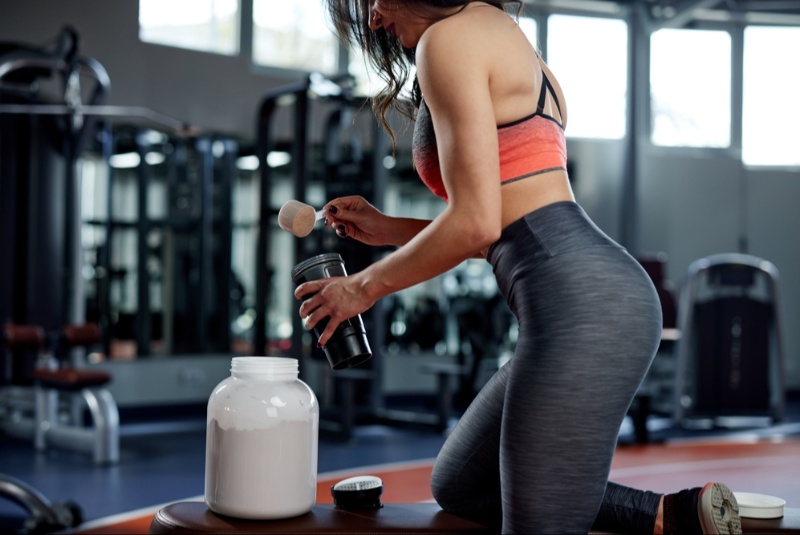Are you constantly taken aback by your escalating water bills? Have you been wondering how you can contribute to water conservation, while also saving some money? The answer may lie in a relatively straightforward home improvement: the installation of low-flow fixtures.
As global water scarcity increasingly becomes a prominent issue, water conservation efforts are no longer a luxury but a necessity. For this reason, homeowners around the world are now adopting efficient water solutions, and one such solution is low-flow fixtures. These fixtures, including showerheads, toilets, and faucets, are designed to reduce the amount of water flow, hence curbing excessive water use and saving money in the process.
Low-flow fixtures are, fundamentally, modern fittings that use less water than their conventional counterparts. They maintain a standard performance while reducing water usage by up to 60%. Let’s understand how these fixtures contribute to water and cost savings.
Low-Flow Toilets
The toilet consumes the most water in an average home, nearly 30%. Traditional models use around 3.5 to 7 gallons of water per flush. On the other hand, low-flow toilets only use approximately 1.28 to 1.6 gallons per flush, nearly half the volume. By replacing older, inefficient toilets with WaterSense-labeled models, the average family can reduce water used for toilets by 20-60%—that’s nearly 13,000 gallons per year!

Low-Flow Showerheads
Showering represents nearly 17% of residential indoor water use. Traditional showerheads have a flow rate of around 2.5 gallons per minute, while a low-flow showerhead reduces that to 1.5 gallons per minute or less, without sacrificing performance. Over a year, a low-flow showerhead can save a household approximately 2,700 gallons of water.
Low-Flow Faucets and Faucet Aerators
Faucets in your home contribute to 15-18% of overall water usage. By swapping standard faucets with low-flow alternatives or even installing aerators, you can significantly reduce water flow from about 2.2 gallons per minute to 1.5 gallons or less. Faucet aerators add air to the water stream, which helps maintain water pressure while using less water.
While the initial cost of purchasing and installing these fixtures might seem substantial, the long-term financial savings are considerable. The reduced water usage translates into lower water bills, not to mention the decrease in energy costs due to less demand for water heating.
Moreover, installing low-flow fixtures contributes positively to the environment by minimizing water wastage. By adopting this water-efficient technology, we’re not only helping our wallets but also ensuring a sustainable future by conserving a precious resource.
Low-flow fixtures are an excellent investment for homeowners seeking to minimize water usage and reduce bills. These fixtures deliver the same functionality as traditional ones, yet offer significant water and cost savings over time. By taking this simple step, you’re also joining the global effort to conserve water, ultimately contributing to a more sustainable and resilient world.
So next time you’re renovating your bathroom or kitchen, or even if you’re just looking to make a small but impactful change, consider opting for low-flow fixtures. You’ll notice the savings on your water bills while making a positive environmental impact. Remember, every drop saved contributes to a sustainable future. Choose wisely, choose low-flow fixtures.




